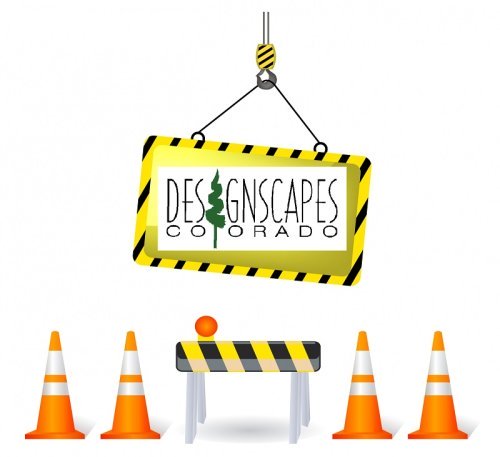
Welcome to the third edition of Designscapes World of How To… (DWHT) We will be providing you with a collaboration of weekly instructions and tutorials on numerous DIY projects you can perform at home or in your own backyard. These activities are great for family bonding, team building or just as a hobby. Hopefully we can provide you with valuable information you can utilize and pass on to others.
![]() Today’s “HOW TO” in the Designscapes World brings us to environmental stewardship. Yes we completely hold a viable responsibly for taking part in the conservation practices for the land we all share. Now, what if I told you I could help you contribute to erosion prevention, reducing pollution, provide an echo friendly habitat for your composts, forgo expensive and energy intensive sewage treatments all while reducing your water bill. These are the benefit of today’s instructions on how to do rainwater harvesting by building your own “Rain Barrels”.
Today’s “HOW TO” in the Designscapes World brings us to environmental stewardship. Yes we completely hold a viable responsibly for taking part in the conservation practices for the land we all share. Now, what if I told you I could help you contribute to erosion prevention, reducing pollution, provide an echo friendly habitat for your composts, forgo expensive and energy intensive sewage treatments all while reducing your water bill. These are the benefit of today’s instructions on how to do rainwater harvesting by building your own “Rain Barrels”.
Make sure and check your local state regulations and statues to ensure your jurisdictions approves their use and what are the limitations as it pertains to your property.
This can be as simple or complex as you make it. Let’s get started!
Materials
- Barrel
- ¾-inch outdoor hose bib faucet
- 8-inch round piece of window screen
- Tube of clear silicone sealer or similar adhesive
- Overflow pipe − 2-inch PVC male adapter
- 2-inch electric conduit nut
- 2-inch PVC street elbow
Tools
- Electric or cordless drill
- 1-inch and 2 3/8-inch hole saw or paddle drill bits
- Caulking gun
- 6-inch hole saw, sheetrock saw or jig saw
- Pliers (optional)
Step One
Wash the barrel inside and outside to remove any residue.
Step Two
Construct the water outlet. Drill a hole for the hose bib with the 1-inch drill bit (the hole should be at least 4 inches up from the bottom of the barrel. Place sealant around the hole. Thread the hose bib into the hole.
Step Three
Construct the rainwater inlet and overflow. Cut the inlet hole on the top of the barrel with the 6-inch hole saw or jig saw. Drill an overflow hole with the 2 3/8-inch drill bit. Thread the 2-inch male adapter through the 2 3/8-inch hole. Attach a 2-inch electrical nut inside the barrel to the 2-inch PVC male adapter. Use pliers to hold the fitting while tightening. Glue the 2-inch PVC street elbow to the male adapter. Place adhesive around the 6-inch inlet hole with the caulk gun and place the 8-inch screen over the hole.
Tips
- Allow the sealant to dry completely
- The hose bib can face any direction as long as it is screwed in tightly.
- In lieu of covering the inlet hole with screen placed a used 1 gallon planting pot into the hole filled with screen or rocks to prevent mosquito entry.
- The overflow should be screened as well as the inlet.
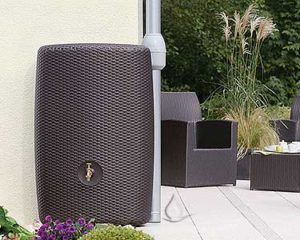
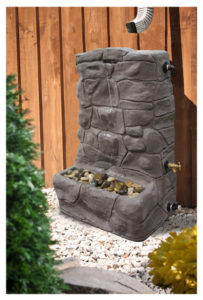
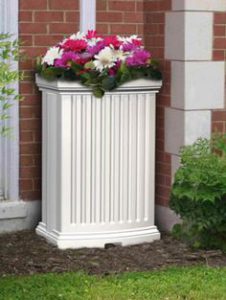
For the professional builders try providing a cistern underground to keep out of site on property. This has to be done by a professional.
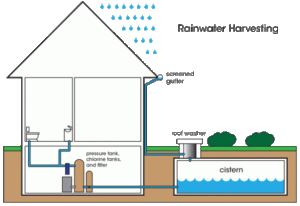
Feel free to contact our Designscapes Team to assistance you.
